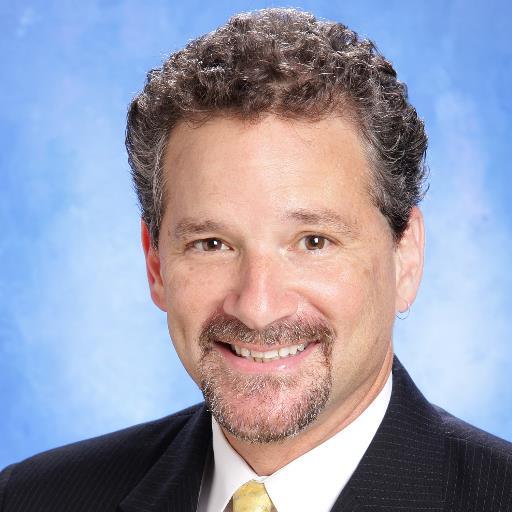By Chris Krehmeyer, President and CEO of Beyond Housing
This column was originally published on Chris’s blog.
When most folks think about community building, they think about housing, health, education, economic development, and jobs. Rarely do you hear anyone speak about trees. As a matter of fact, a number of the mayors in our 24:1 Initiative have long viewed trees as liabilities rather than assets. Those trees had the nerve to get sick, die, and then fall, and usually in an inconvenient place!
I will have to admit I never gave trees much thought as they related to helping make our community better. Rather than seeing the trees, I just saw the homes that needed to be demolished or rehabbed and the streets that needed repair. I was drawn to the abandoned commercial buildings that needed to be revitalized. Several years ago, however, we were approached by the Missouri Department of Conservation (MDC) and given a crash course about the value of trees in our community. MDC states that “the trees of a community are visible and valuable assets, and contribute greatly to the appearance and character of any town. They are a part of the public infrastructure and are just as important as the streets, sewers, and utilities. Often, trees do not receive the attention or care they deserve. Tree planting alone is commendable, but may have little long-term value without proper maintenance.”
Just as I am the evangelist for our work at Beyond Housing, I found my peer in the world of trees—Mark Grueber. Mark has opened our eyes to the great beauty and long-term benefits of healthy trees in our community. He made me realize that the most attractive and vibrant parts of our region feature trees as an integral part of their appeal. MDC has long wanted to create an urban forestry program in St. Louis, and once we became more educated on the issue, we wanted in as well! Fortunately, we proved to be good students and jumped into action, finding the right people and environment to support our work. With the encouragement of MDC, we applied for and received a five-year, $500,000 grant to hire a community forester for the 24:1 footprint in mid-2016.
“There’s great benefit in a healthy forest canopy in urban areas. Trees, parks and other green spaces increase property values, protect from soil erosion, and protect homes and streets from the harsh effects of the sun,” said Doug Seely, Community Forester with Beyond Housing. “Our initiatives in community forestry have helped to create vibrant green spaces for the 24:1 Community and show how important the forestry canopy is when building a community that can sustain generations of families.” Doug has become the most popular Beyond Housing staff person in the 24:1 Community and it kind of bothers me! His passion for the beauty and purpose of trees in our community is contagious.
I am proud to note that the Missouri Community Forestry Council and MDC have recognized Beyond Housing with the Missouri Arbor Award of Excellence for their work in community forestry. The award recognizes projects that demonstrate a sustained effort to care for the trees of Missouri. “Beyond Housing has achieved more success (in regards to community forestry) than some cities do,” said Daniel Moncheski, Community Forester with the Missouri Department of Conservation. “I work with cities that range in population from 200 to 80,000 people. The buy-in for trees by the mayors in the 24:1 rivals the largest cities I work with. I pinch myself when I help out here to make sure this is real.” Working with 12 municipalities, we have completed tree inventories, begun a tree trimming process, and will soon embark upon tree planting work. The leaders of our communities have grown enthusiastic about caring for their trees and, like me, see their great long-term value.
The next time you drive through our community or yours, stop for a moment and look at the trees—they matter.
***
Chris Krehmeyer is the President and CEO of Beyond Housing, a NeighborWorks America organization in St. Louis. He has served in that capacity since 1993. Chris has sat or currently sits on a variety of boards, including Midwest Bank Centre and Midwest Bank Centre Holding Company, the United Way of Greater St. Louis Asset Building, both Washington University and the University of Missouri’s Not-For-Profit programs, and the National NeighborWorks Association Board. Chris has been an adjunct faculty member at Washington University teaching a class in social entrepreneurship. He is married with three children and has an undergraduate degree in Urban Studies from Washington University.
***
Articles in “From the Field” represent the opinions of the author only and do not represent the views of the Community Builders Network of Metro St. Louis or the University of Missouri-St. Louis.
























